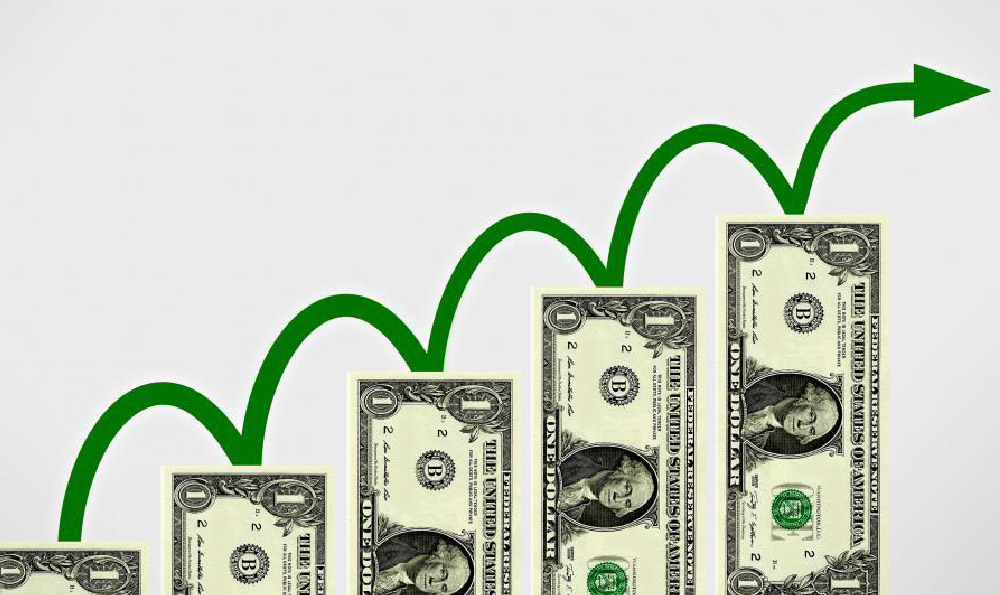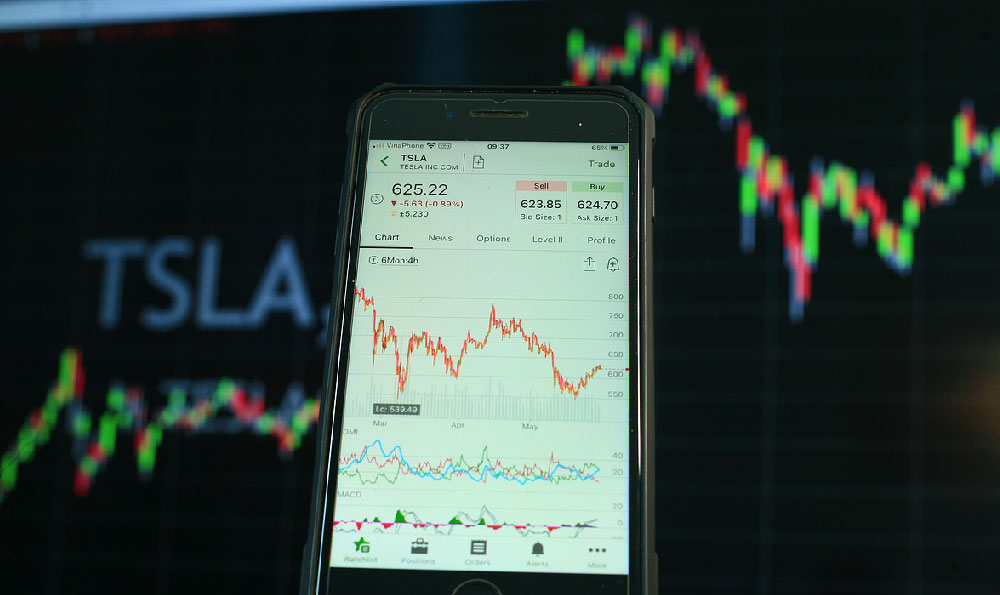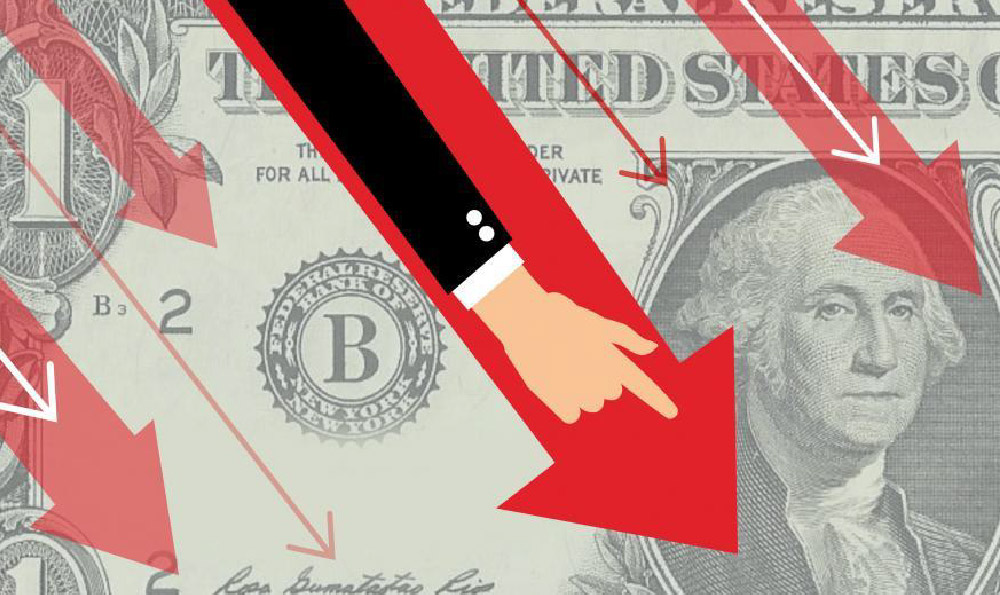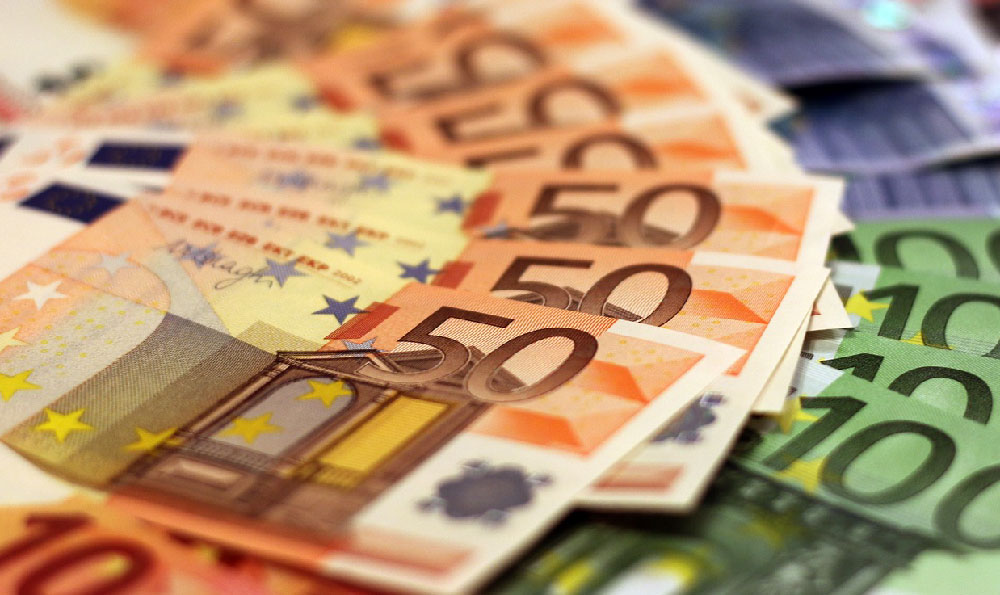Color psychology is a fascinating and often overlooked aspect of marketing and sales. While not an exact science, understanding how different colors evoke specific emotions and associations can significantly impact consumer behavior and ultimately, boost sales. The key lies in strategically using color to align with your brand identity, target audience, and the specific product or service you're offering.
The Power of Association: Decoding Common Color Meanings
Before diving into specific color choices, it's crucial to acknowledge that color associations can be subjective and influenced by cultural background, personal experiences, and even current trends. However, some generally accepted meanings offer a valuable starting point:

-
Red: This is a powerful and attention-grabbing color, often associated with excitement, passion, energy, and urgency. It can stimulate appetite, making it a popular choice for food and beverage brands. However, red can also signify danger or aggression, so it's essential to use it judiciously.
-
Blue: Blue evokes feelings of trust, security, stability, and peace. It's a popular choice for corporate brands, financial institutions, and healthcare providers seeking to project reliability and professionalism. Lighter shades of blue can also create a sense of calm and serenity.
-
Green: Green is strongly linked to nature, health, growth, and prosperity. It's a natural choice for eco-friendly brands, health and wellness products, and businesses focused on sustainability. Green can also symbolize money and abundance.
-
Yellow: Yellow is associated with optimism, happiness, energy, and creativity. It's a bright and cheerful color that can capture attention and create a positive impression. However, yellow can also be overwhelming if used excessively, and in some cultures, it can be associated with caution or deceit.
-
Purple: Purple is often associated with royalty, luxury, wisdom, and spirituality. It can evoke feelings of creativity, sophistication, and mystery. Purple is a popular choice for beauty products, high-end brands, and businesses seeking to project an air of exclusivity.
-
Orange: Orange combines the energy of red with the happiness of yellow. It's associated with enthusiasm, warmth, creativity, and affordability. Orange is often used to attract attention and create a sense of fun and playfulness. It's a popular choice for brands targeting a younger audience.
-
Black: Black is a powerful and sophisticated color associated with elegance, luxury, power, and authority. It can create a sense of mystery and exclusivity. Black is often used for high-end products, luxury brands, and businesses seeking to project a sense of confidence and sophistication. However, black can also be associated with mourning or negativity, so it's essential to use it carefully.
-
White: White is associated with purity, cleanliness, simplicity, and innocence. It creates a sense of freshness and openness. White is often used in minimalist designs and for products emphasizing hygiene or naturalness.
Target Audience and Color Preferences: Knowing Your Customer
While general color associations provide a foundation, understanding your target audience's specific preferences is crucial for maximizing the impact of your color choices. Consider factors like age, gender, cultural background, and socioeconomic status. For instance:
-
Gender: Research suggests that men tend to prefer blues and greens, while women often prefer blues and purples. However, these are generalizations, and individual preferences can vary widely.
-
Age: Younger audiences may be more receptive to bright and vibrant colors, while older audiences may prefer more muted and sophisticated tones.
-
Cultural Background: Color meanings can vary significantly across cultures. For example, white symbolizes purity in Western cultures but is associated with mourning in some Asian cultures.
Strategic Color Combinations: Creating Visual Harmony
The impact of color isn't solely dependent on individual hues but also on how they are combined. Color theory provides valuable principles for creating visually appealing and harmonious color schemes. Consider these approaches:
-
Complementary Colors: These are colors located opposite each other on the color wheel (e.g., red and green, blue and orange). Complementary color schemes create a strong visual contrast and can be highly effective for drawing attention.
-
Analogous Colors: These are colors located next to each other on the color wheel (e.g., blue, blue-green, and green). Analogous color schemes create a sense of harmony and unity.
-
Triadic Colors: These are three colors equally spaced on the color wheel (e.g., red, yellow, and blue). Triadic color schemes offer a balanced and vibrant look.
Applying Color Psychology to Different Sales Contexts
The effective use of color varies depending on the specific sales context:
-
Website Design: Use color to guide visitors through your website, highlight key information, and create a positive user experience. Consider using a call-to-action button in a contrasting color to draw attention.
-
Product Packaging: Color is a crucial element of product packaging, as it can influence purchasing decisions at the point of sale. Choose colors that reflect the product's benefits and target audience.
-
Advertising: Use color to create visually appealing and memorable advertisements that capture attention and communicate your brand message effectively.
-
Retail Environment: The colors used in your retail environment can impact customer mood and behavior. Use colors to create a welcoming and inviting atmosphere that encourages browsing and purchasing.
Testing and Iteration: The Importance of Data-Driven Decisions
While color psychology provides valuable insights, it's essential to test and iterate your color choices based on data. A/B testing different color schemes can help you determine which colors are most effective for driving sales and achieving your marketing goals. Track metrics like click-through rates, conversion rates, and sales figures to measure the impact of your color choices.
In conclusion, color is a powerful tool that can significantly influence consumer behavior and boost sales. By understanding the psychology of color, considering your target audience's preferences, and testing your color choices, you can strategically leverage color to create a more effective and engaging marketing strategy. Remember that color is just one element of a comprehensive marketing approach, and it's essential to consider other factors like brand messaging, product quality, and customer service to achieve sustainable success.












